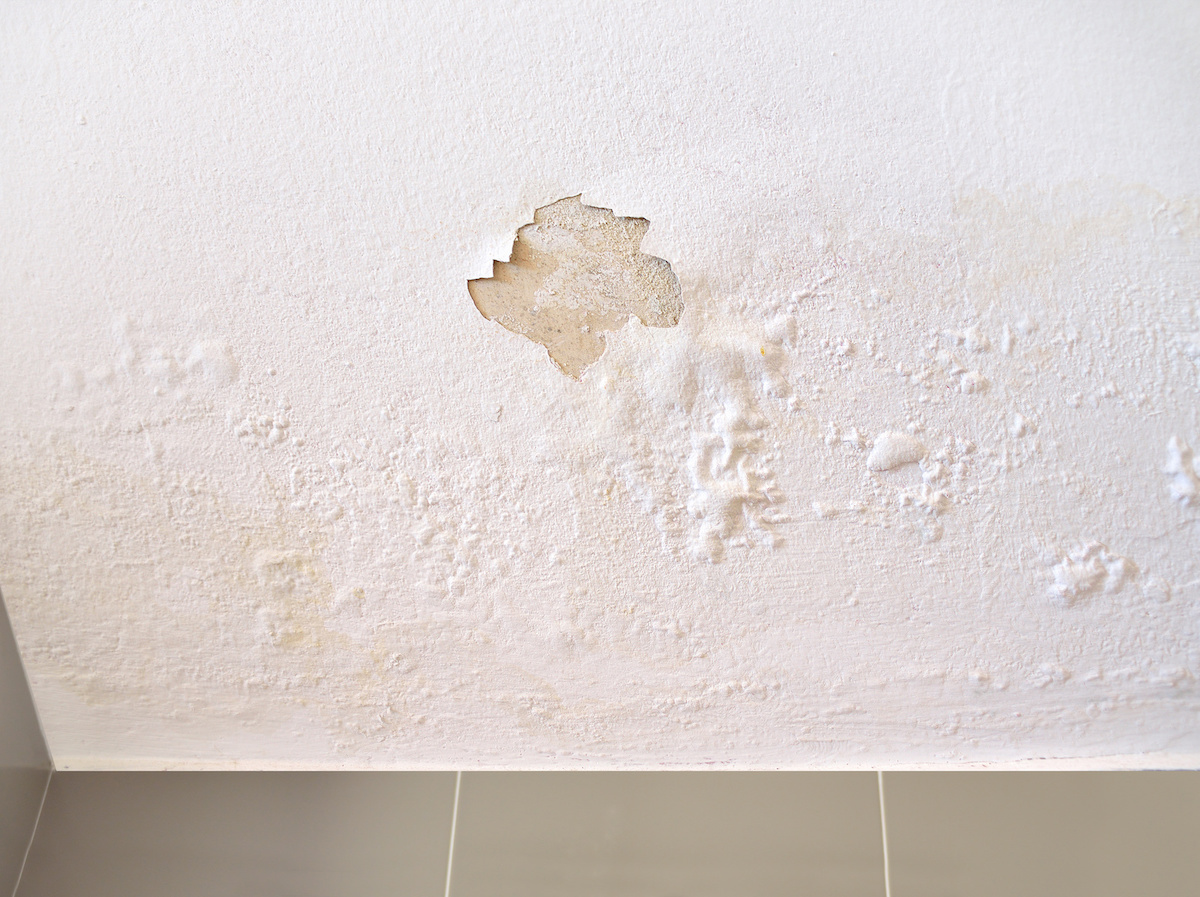Exactly how to Repair And Avoid Bathroom Water Damage
Exactly how to Repair And Avoid Bathroom Water Damage
Blog Article
Just how do you actually feel in relation to Preventing Water Damage in the Bathroom?

The washroom is extremely vulnerable for moist accumulation and prospective water damages as a result of the frequent use of water in it. This short article supplies straightforward evaluation techniques to help discovering water damages dangers.
The constant use water in the washroom makes it extremely prone for damp buildup and also possible water damages. By checking it consistently, you can lower water relevant problems.
The adhering to collection of assessments is simple to do and also must be done as soon as in every 3 months in order to keep your washroom in good shape and to prevent possible water problems caused by the bath tub, the shower, pipe joints and also plumbing, sinks, cupboards, and also the bathroom
Do not neglect performing these examinations as well as be complete while doing them. Keep in mind that these straightforward evaluations can conserve you a lot of money by giving early indications for water damages
Bathtub as well as Shower
The shower and tub call for special attention as well as upkeep. Check the floor tiles and also replace if split. See to it that there is no missing grout between the ceramic tiles. Evaluate and replace fractured caulking at joints where the walls satisfy the flooring or the bath tub. Clogged drains pipes as well as pipelines troubles will avoid the bathtub from drying as well as might indicate serious troubles below the tub. Seek advice from a professional instantly to stop architectural damages. Focus on discolorations or soft areas around the bath tub wall surfaces as they may indicate an inner leakage.
Plumbing
Signs for water damages are difficult to find considering that the majority of pipelines are set up inside the wall surfaces.
Pay unique focus to floor covering and also walls wetness as well as discolorations as they might indicate an invisible plumbing issue. Check moisture degrees in adjacent rooms too.
Sinks and also Cabinets
Sinks and also cupboards are subjected to moisture as well as moisture everyday and also are often ignored. Examine regularly under the sink and also on the kitchen counter over it. Fix any drip in the trap as it may suggest drainpipe problems. Browse the sink, sluggish draining pipes may suggest a blocked drain. Change sink seals if they are fractured or loosened.
The Commode
The commode is a vulnerable water joint. Inspect the water lines and look for leakages around the toilet seat, in the tube, and also under the water container. If you identify any type of signs of dampness on the flooring around the bathroom, check for leakages in the toilet rim and also container seals.
Understand that hanging commode dish deodorants boosts the opportunities for clogs.
Water Damage Signs In The Bathroom To Avoid Cleanup
Musty smell
This is one of the easiest signs to catch because musty smells are so odorous. The damp, earthy, moldy smell should be a big red flag. The smell will develop when moisture gets trapped in surfaces, and begins to facilitate mold growth. Leaking pipes under cabinets, inside walls, and behind shower fixtures will cause moisture to stay trapped and not dry, which will lead to mold growth and spread. As soon as you notice any musty smells in your bathroom, have it checked for hidden water damage and cleanup signs.
Visible mold
If the smell isn’t there to give it away, sometimes you will actually see mold growth. Finding mold in your bathroom is a serious problem, because mold is very harmful to your health. By the time mold growth is visible, it also means that water damage has already occurred and been present for some time. The only way the mold problem can be resolved is to find the source of the moisture and get it stopped. To safely and adequately remove mold, you need to have professionals handle the remediation. Do not waste any time in getting mold problems addressed, fixed, and sanitized so that you can protect you and your family from the many respiratory symptoms caused by mold exposure.
Damaged floors
Bathroom floors should be able to withstand some exposure to water while still remaining in good condition. However, when excess exposure or water leaks occur, they will begin to damage even the most water-resistant flooring. If you notice any cracking, bubbling, staining, or warping on your bathroom floors, there is probably a water leak somewhere causing the distortion. If you notice areas of the floor have become softer, or even have a spongy feeling, there is probably damage to the subfloor. Subflooring is typically made up of plywood. When plywood is exposed to water or moisture, it will absorb it. Once it has become saturated, the weight of the excess water will cause the wood to swell and soften. Check the floors in your bathroom frequently to catch any of these sings before they lead to damaged subflooring.
Changes on walls
When water leaks behind walls, it will cause changes in the drywall. Peeling plaster, blistering paint, and soggy wallpaper are all good indicators that excess water is building up behind the wall. Water leaking behind drywall will cause it to swell and be soft to the tough. If you start to notice gaps along the trim of your walls, or where tile meets the wall, it could also be a strong indicator that there is a leak behind the wall. Any changes, distortion, or damage on the walls should be evaluated as soon as you notice it to prevent further water damage and cleanup.

I discovered that piece of writing about How to Fix a Water Damage Bathroom while surfing the web. Make sure you take the time to distribute this blog post if you appreciated it. Thank-you for your time spent reading it.
Book Now Report this page